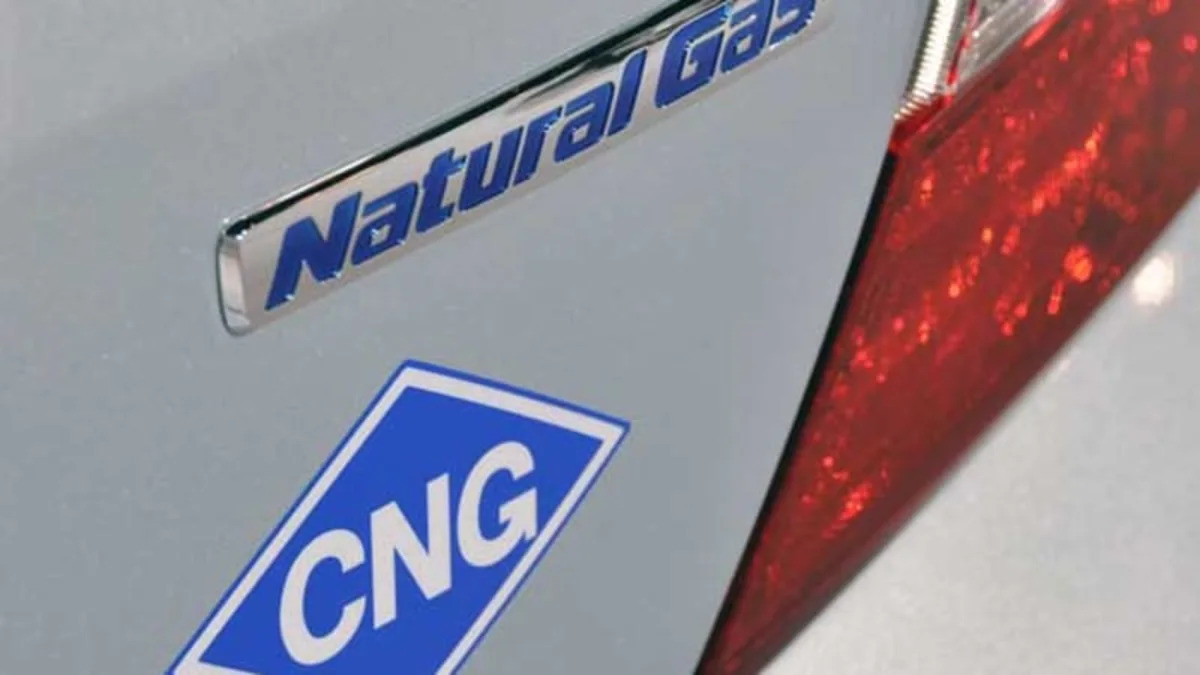A report in the Financial Times says that in Iran in 2006 there were 1,500 dual-fuel cars – those that can run on gasoline and on natural gas. In only seven years that number has climbed to 2.95 million. To serve them, where there were once just 60 refilling stations there are now 2,500. The switch to the alternative fuel has well publicized causes, namely the oil and financial sanctions enacted against Iran due to its nuclear research programs.
The sanctions have driven down government revenue – a recent report says government income is down by 45 percent in the last nine months due to reduced oil exports, which the Iranian government immediately refuted – as well as the value of the local currency, the rial, making it more expensive to purchase gasoline. The FT article quoted one Iranian saying that whereas 20 liters of fuel cost him $10.80, filling his tank twice a day with natural gas only cost a total of $6.50.
The move to natural gas isn't exactly new, with a program put in place a decade ago to bolster its use. Five years ago the program was given an additional $3 billion to accelerate the transition, the same year that another round of sanctions was approved by the United Nations. The move away from petrol use helps keep consumption down, staving off a full-blown gasoline emergency – Iran has huge oil and natural gas reserves, but it needs to keep gasoline demand in line with its domestic processing capacity since the sanctions also cover the importation of petrol.
With Iran seemingly committed to enduring the current sanctions and the potential of more, the FT piece figures natural gas will continue to play an important role in Iran's economy. That might be expected even if sanctions were to go away: Iran's fuel shift means that the country of 80 million now has more natural-gas-powered cars than any other country in the world, topping natural gas powerhouse Brazil and population powerhouse India.
The sanctions have driven down government revenue – a recent report says government income is down by 45 percent in the last nine months due to reduced oil exports, which the Iranian government immediately refuted – as well as the value of the local currency, the rial, making it more expensive to purchase gasoline. The FT article quoted one Iranian saying that whereas 20 liters of fuel cost him $10.80, filling his tank twice a day with natural gas only cost a total of $6.50.
The move to natural gas isn't exactly new, with a program put in place a decade ago to bolster its use. Five years ago the program was given an additional $3 billion to accelerate the transition, the same year that another round of sanctions was approved by the United Nations. The move away from petrol use helps keep consumption down, staving off a full-blown gasoline emergency – Iran has huge oil and natural gas reserves, but it needs to keep gasoline demand in line with its domestic processing capacity since the sanctions also cover the importation of petrol.
With Iran seemingly committed to enduring the current sanctions and the potential of more, the FT piece figures natural gas will continue to play an important role in Iran's economy. That might be expected even if sanctions were to go away: Iran's fuel shift means that the country of 80 million now has more natural-gas-powered cars than any other country in the world, topping natural gas powerhouse Brazil and population powerhouse India.


Sign in to post
Please sign in to leave a comment.
Continue